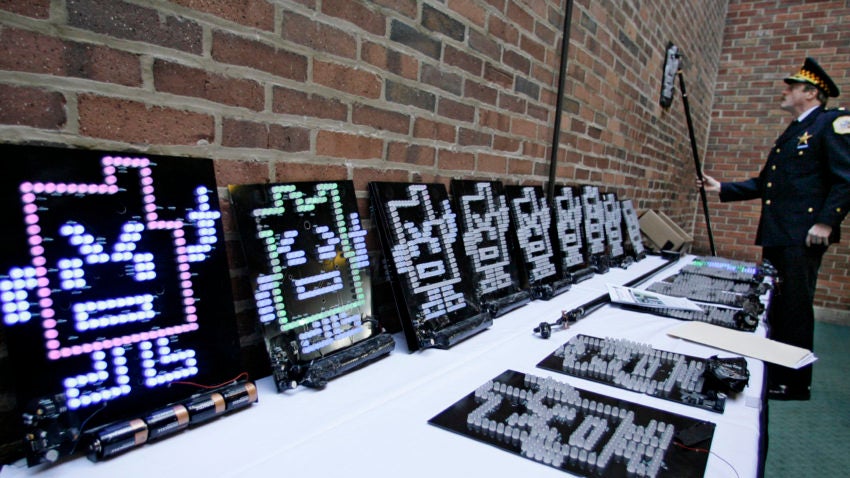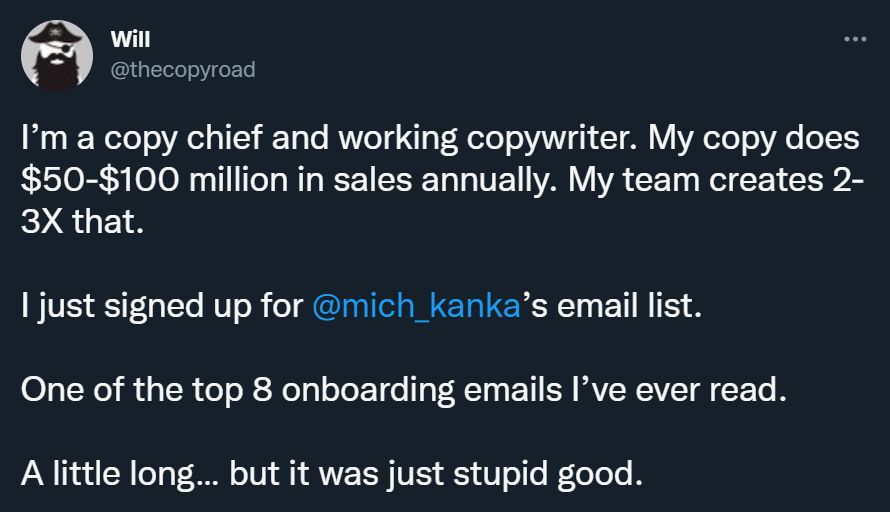
How Aqua Teen Hunger Force Boston Bomb Scare paralyzed the whole city for a day (8 min read)
Aqua Teen Hunger Force – Adult Swim’s TV animation series that has been turned into a movie by Cartoon Network.
To promote it, they went with a guerilla marketing campaign, placing LED displays portraying one of the characters across various locations in the US. However, it led to a mass panic in Boston and a full-blown police operation.

How Aqua Teen Hunger Force Boston Bomb Scare History Highlights
- Nov, 2006 – a Boston-based artist named Zebbler, Peter Berdovsky, met „John” from a guerilla marketing company, Interference Inc. He asked if Zebbler would be interested in working on a project, which was to be the Aqua Teen Hunger Force marketing campaign in Boston. He agreed and enrolled his friend, Sean Stevens. They received 40 devices and a list of suggested locations. They were intended to be set up overnight, when no one would be watching.
- Mid-Jan, 2007 – the first 20 devices were set up in Boston
- 29 Jan, 2007 – another 18 lights were placed.
- 8:05 am – a passenger spots an LED device on a stanchion supporting a section of Interstate 93 (i-93) in Boston and reported it to a nearby police officer from Massachusetts (MBTA)
- 9:00 am – Boston Police Department bomb squad receives a phone call from MBTA requesting assistance in identifying the object. The response is adequate to the threat–police cruisers, fire trucks, ambulances, the bomb squad. With them, there comes a crowd of onlookers and live TV crews.
- 10:00 am – the bomb squad destroys the device as a precaution using a small explosive
- 10:05 am – Northbound I-93 has been reopened to traffic
- 12:54 pm – Boston police receives a call to another similar device
- 1:11 pm – the Massachusetts State Police requests assistance from the bomb squad with devices under the Longfellow and Boston University bridges. Both got closed, along with the Charles River for boat traffic
- 1:26 pm – Peter Berdovsky emailed his friends, saying that the Interference Inc. executive requested him to stay low with the bomb square and asking them to stay quiet with whatever they know
- Between 2-3 pm – a younger police officer identifies the image on the devices as an Aqua Teen Hunger Force character, leading to a conclusion it is a stunt.
- 3:26 pm – Interference notifies Cartoon Network about the incident
- 4:30 pm – Turner Broadcasting System issues a statement, explaining this was a part of an outdoor campaign in 10 cities
- Evening – Berdovsky and Stevens get arrested and held overnight for displaying a „hoax device” to cause citizens to feel threatened.
- Feb 5, 2007 – Turner Broadcasting and Interference came to a settlement with state and local agencies and covered the costs of the incident– $1 million to the Boston Police Department and $1 million to the Department of Homeland Security.
- Feb 9, 2007 – Jim Samples, Cartoon Network’s general manager and executive vice president, resigns
In none of other locations were the devices identified as a threat, nor reported to any officials.
Aqua Teen Hunger Force Boston campaign – Guerilla marketing
When display ads are no longer that effective, many brands turn to guerilla marketing. By definition, it’s cheap, yet powerful as it intrigues the audience if done right.
Aqua Teen Hunger Force viral ads campaign was also supposed to be cheap and possibly stay under the radar, attracting mostly those who would be interested in watching the movie. However, ‘cheap’ ended just as the TV network and marketing organization paid a $2 million settlement.
Aqua Teen Hunger Force viral marketing idea
The idea for the Aqua Teen Hunger Force marketing campaign was simple – put LED placards similar to Lite-Brite in frequently visited places like train stations or highways to make people wonder what it’s all about. People familiar with Aqua Teen Hunger Force would recognize the character instantly. I suppose it was to create some buzz–one would ask what is that display, but then someone could explain to him this was from a TV series.
Strange devices
The Aqua Teen Hunger Force viral ad campaign had to be cheap and look as a DIY project. The devices looked like something a street artist like Zebbler would do. The problem was that they also looked like homemade explosives – with exposed batteries as a power source and visible wires.
Another problem was that apparently two devices didn’t light–just as the one at I-93. That made it look even more dangerous.
In the shadow of 9/11
9/11 is hard to get forgotten any time but in 2007, just 6 years after the terrorist attack, the society was still hurt by it. The citizen’s and then police reaction was justified, but the scale of it could’ve been influenced by the past tragedy.
Live Broadcast
Live TV crews have contacts in the police and are always on the lookout for events that will get them more viewers. When they got to the scene, they broadcasted all the operations constantly, which could make more people aware of the problem but also cause panic.
There’s a thin line between informing about an event and overcooking it, making sensation out of a small risk – even if people in the TV crews recognized the character. Some later calls to the police could’ve been influenced by the live coverage of the actions from the Aqua Teen Hunger Force marketing campaign.
Staying quiet
One of the biggest mistakes in this whole situation was making Zebbler stay quiet. He visited the scene when the bomb squad arrived and even video recorded their operations. He was asked to avoid any commentary.
If Zebbler hadn’t stayed quiet, the situation could’ve not escalated so much.
Press conference
Even after his bail-out and attending a press conference, Peter had still been told to not share any details regarding the Aqua Teen Hunger Force marketing campaign. This made him invite press questions about 70s hairstyles and ignoring any questions related to the bomb scare.
This bizarre approach made the video from the conference go viral. It was shared on YouTube, CollegeHumor, Digg, and other sites. Its virality corresponded to that of the Aqua Teen Hunger Force viral ads.


Generation Gap
The first problem with the Aqua Teen Hunger Force marketing campaign ad response was in the generation gap. What looked like an ad straight away for younger people, was a threat to an older audience. Perception also relies on the previous experience and things that each generation has in common.
Social panic
Panic can be a reaction of individuals that flows out to whole societies. It started with individuals near one device and spread to the whole city throughout the day, with the help of media and at a silence from the campaign creators.
Herd mentality
When in doubt, people look around to see others’ reactions and replicate them. This is also what caused the social panic in the case of the Aqua Teen Hunger Force viral marketing, but also how multiple media picked up similar storyline. After one device has been identified as a potential bomb, other signals followed.
Cognitive dissonance
People want to stay consistent with their decisions and avoid having contradicting beliefs. That means that those who recognized the device as a threat –citizens and the police–were more likely to follow that thought, even after getting the first signs that it might be just a stunt.
Von Restorff Effect
The basic principle behind this guerilla Aqua Teen Hunger Force marketing campaign was the effect that says that things that stand out are more memorable. It’s just that this time, they stood out too much.



This time the lesson is not in how to repeat the success, but how to avoid the failure. Guerilla marketing might be an interesting concept, but you have to look at the actions at different angles.
The devices were all good in other cities and would’ve worked in clubs or other places visited by a younger audience. On the other hand, they looked similar to homemade explosives, and this concern should’ve been raised during the ideation phase.
Think about possible scenarios and consequences as you might still go viral with guerilla marketing approach, but not always in a good way.
Get your
"oh sh*t, this might work for us!"
moment in the next 5 minutes
Discover unconventional, easy-to-use, and low budget,
or cost-free methods of acquiring customers and increasing sales!
Viral marketing case studies and marketing psychology principles that made hundreds of millions in months or weeks
In the first email:
- a step-by-step strategy that made $0-$30M within 9 weeks with $0 marketing budget (case study)
- cheatsheet (PDF) of 10 biases in marketing used by top 2% companies
Other than that:
- weekly original content that helps you STAND OUT by providing more perceived value with less work

(You won't find it anywhere else)

Explore Cognitive Biases in Marketing